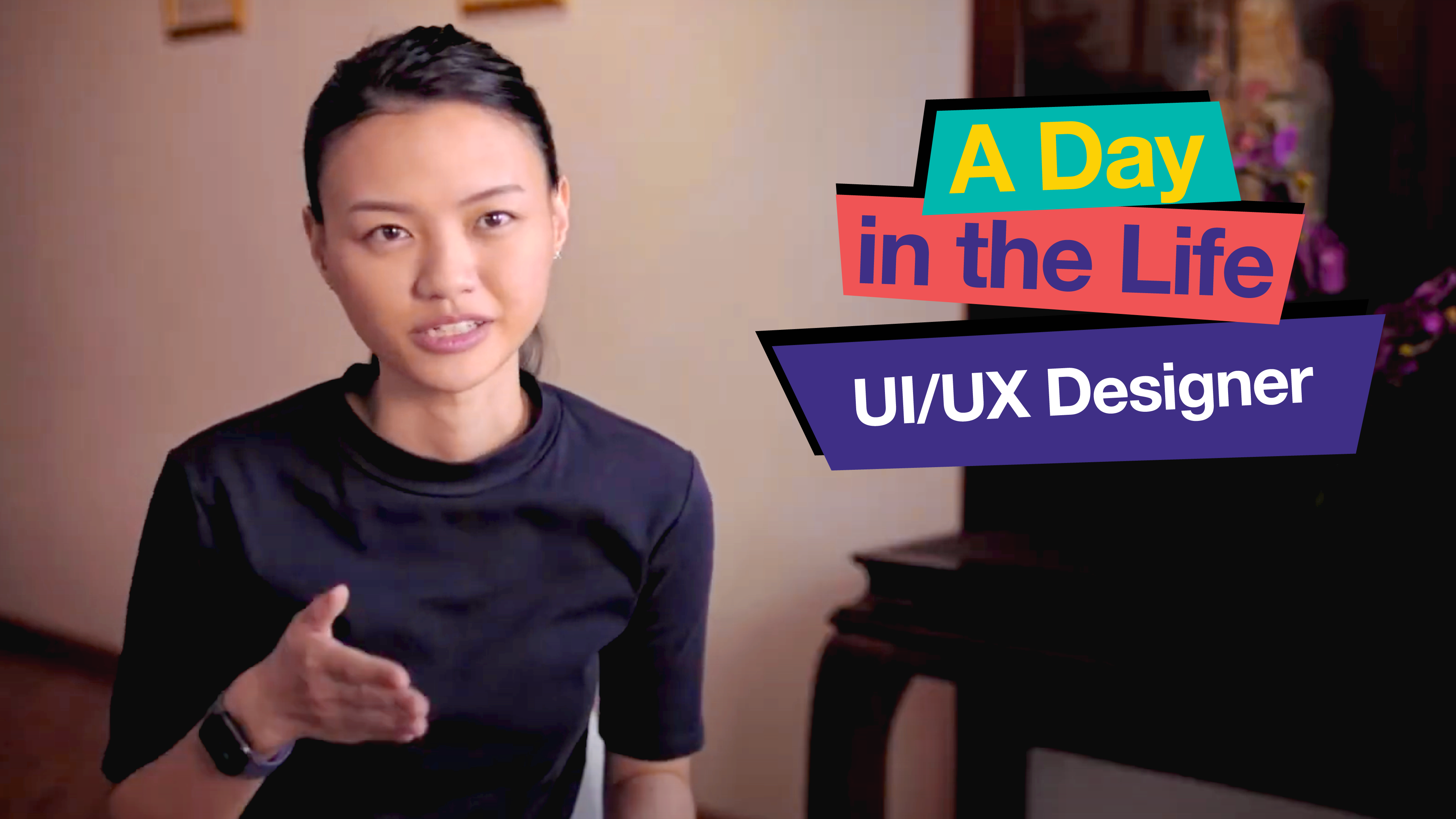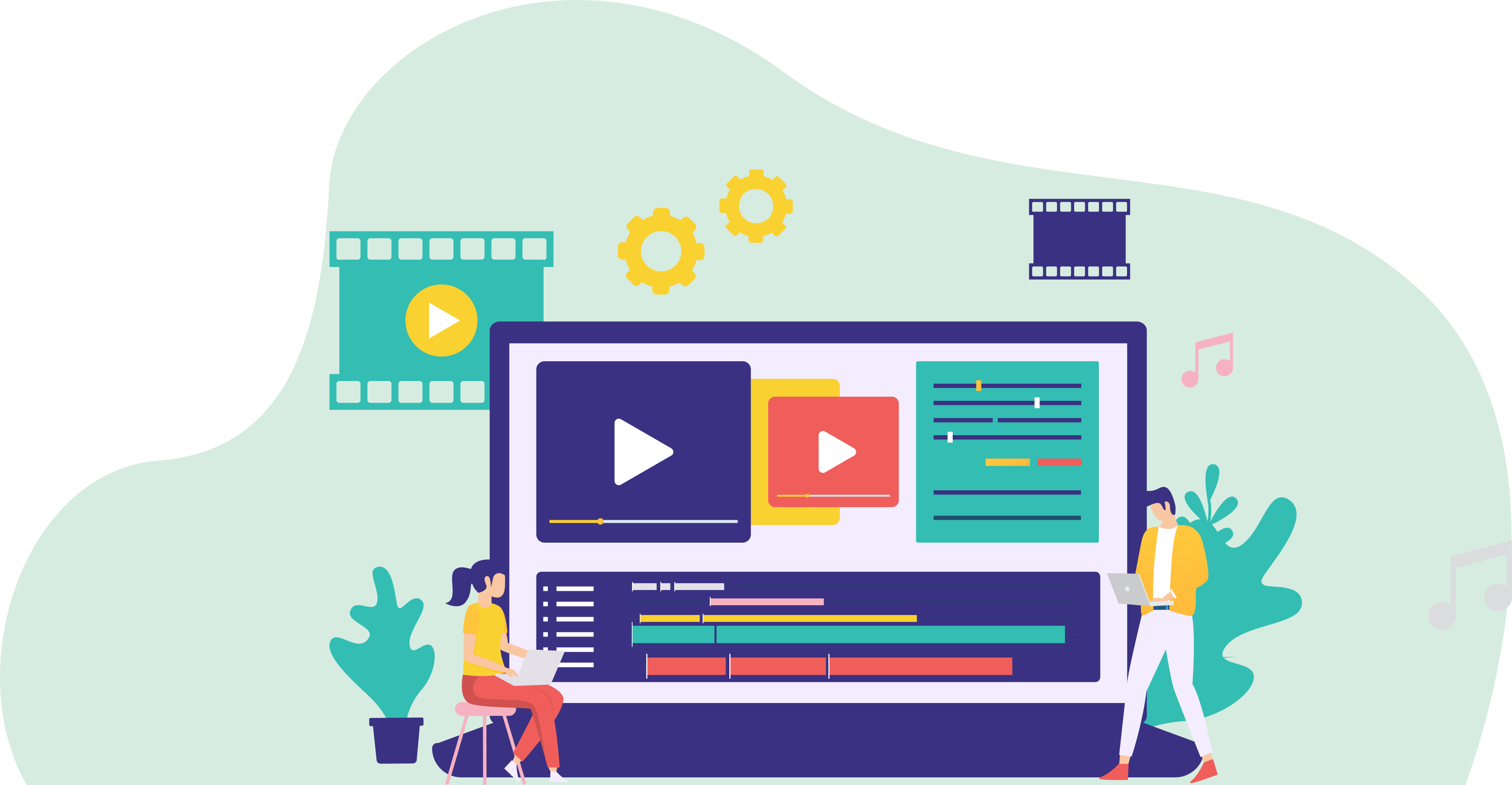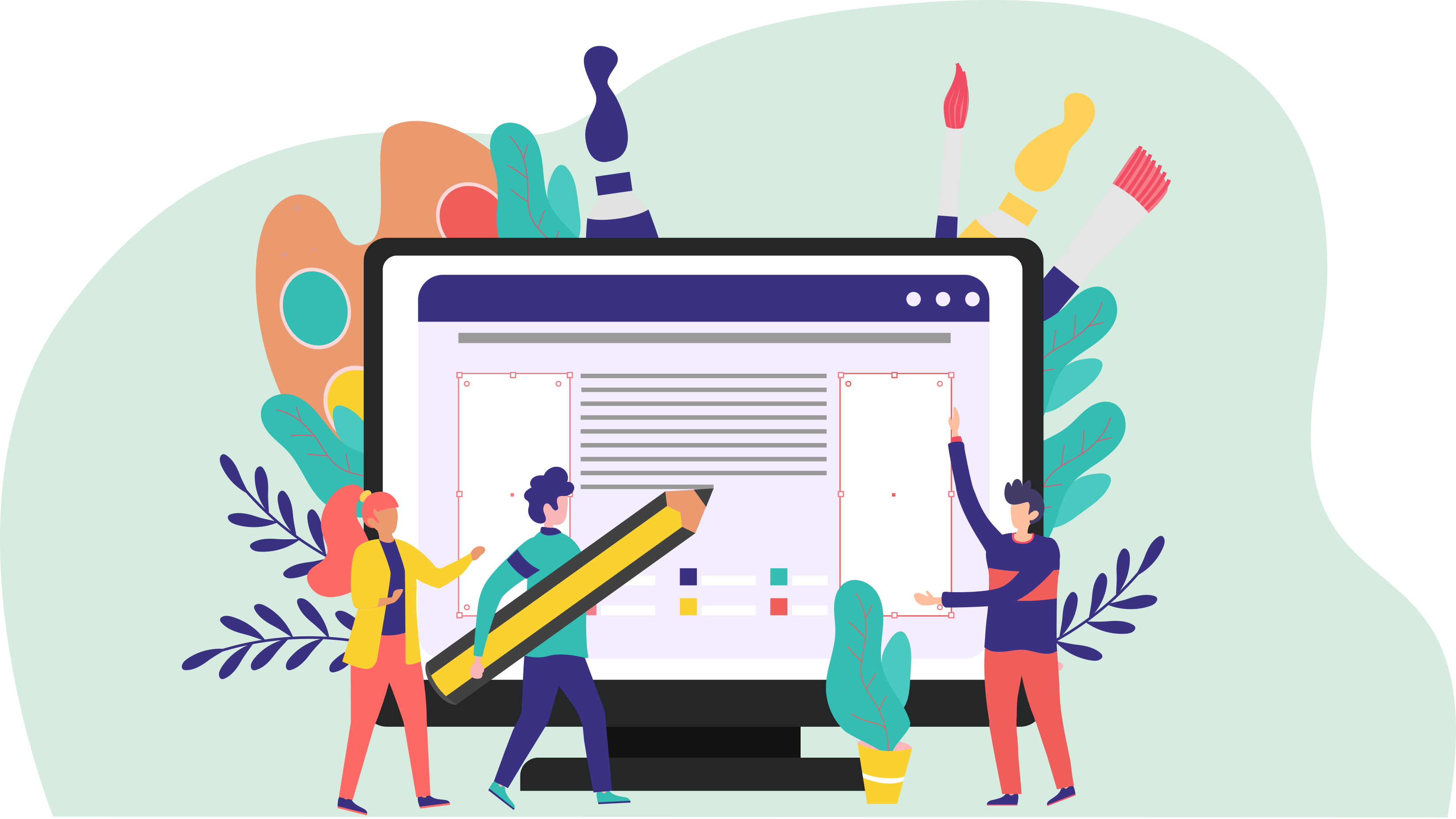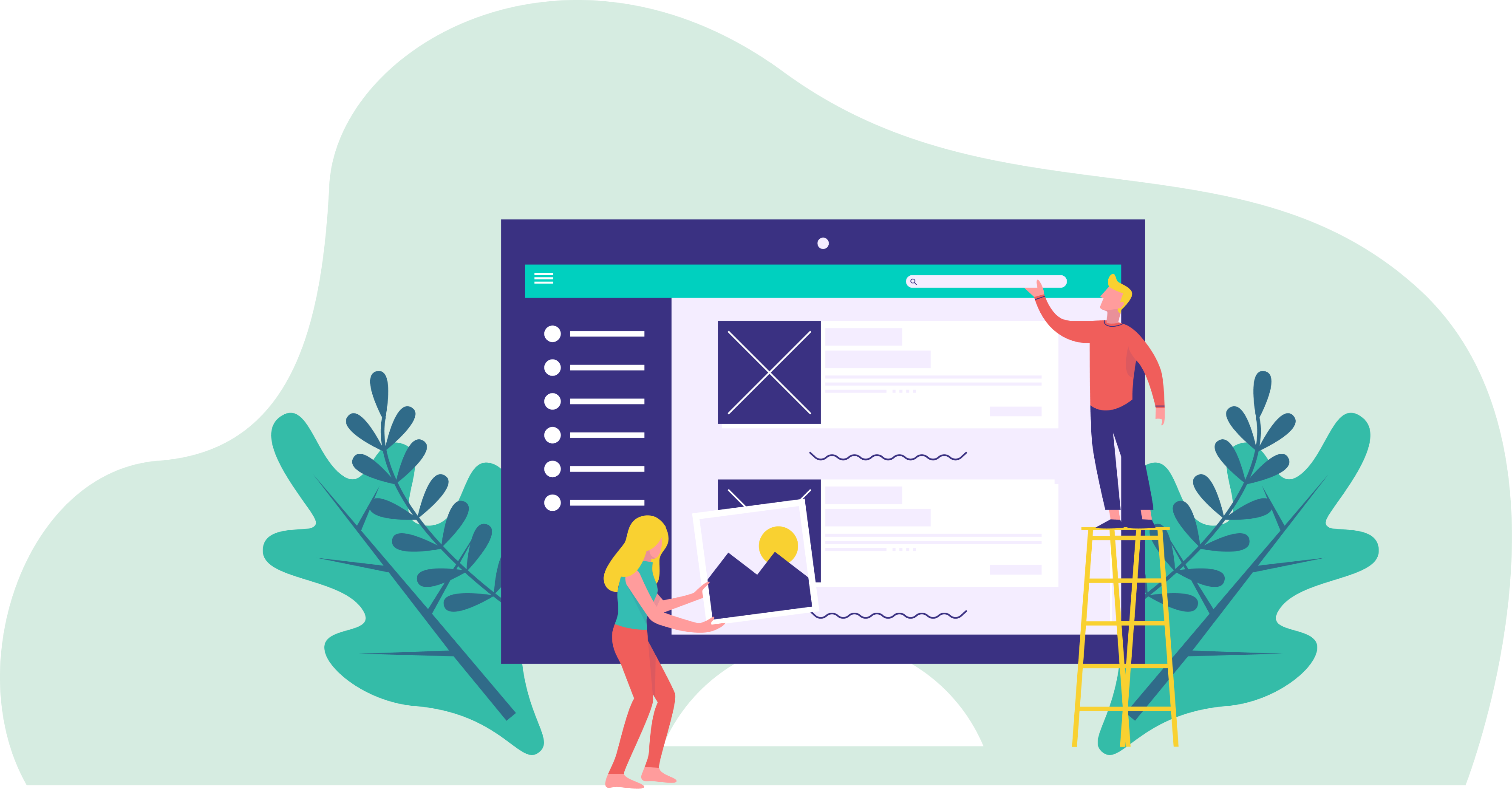
UI/UX Designers work in many disciplines, from design and visual elements to creating intuitive user flows. They also conduct user research and testing to ensure the final product meets the end user's needs effectively.
UI/UX Designer Job Description
- Engage in meticulous data collection to uncover users' challenges and insights, pinpointing areas of need that have not yet been addressed.
- Craft detailed prototypes to effectively convey design solutions to stakeholders and the development team.
- Conduct rigorous testing of prototypes, refining designs through iterative processes to guarantee that they fully address user requirements and enhance the user experience.
- Analyse user feedback and interaction data precisely, utilising this information to make informed, data-driven decisions for iterative design improvements.
- Maintain a keen awareness of competitor offerings and industry advancements.
Note
UX refers to the User Experience and how users interact with the product, while UI refers to the User Interface which focuses on the look and layout. Most companies prefer these two to come in a package.
What you should know about UI/UX Designer jobs in Singapore
Nature of Work
Depending on the size of the company, as UI or UX Designers, you may be asked to work on both UI and UX, which means you could have only one job role or a dual one.Key Advice
You’ll conduct research, surveys, and interviews to understand pain points as well as develop sketches or prototypes for user-satisfying solutions.-
Entry RequirementsEntry Requirements
- A bachelor's degree in a Design course is preferred. Start working on projects (redesigning apps/websites) to build up your portfolio.
- The industry is always evolving, so keep up with the latest design trends. The commonly used software are Adobe XD, Figma, and Marvel.
- Understanding basic coding languages like HTML, CSS, and JavaScript can give you an edge.
- Strong communication skills are essential for articulating design decisions and working with cross-functional teams.
- Experience with user research methods, including surveys, interviews, and usability testing, is beneficial.
- An aptitude for problem-solving and a user-centric mindset are crucial for creating effective design solutions.
-
Possible PathwayPossible Pathway
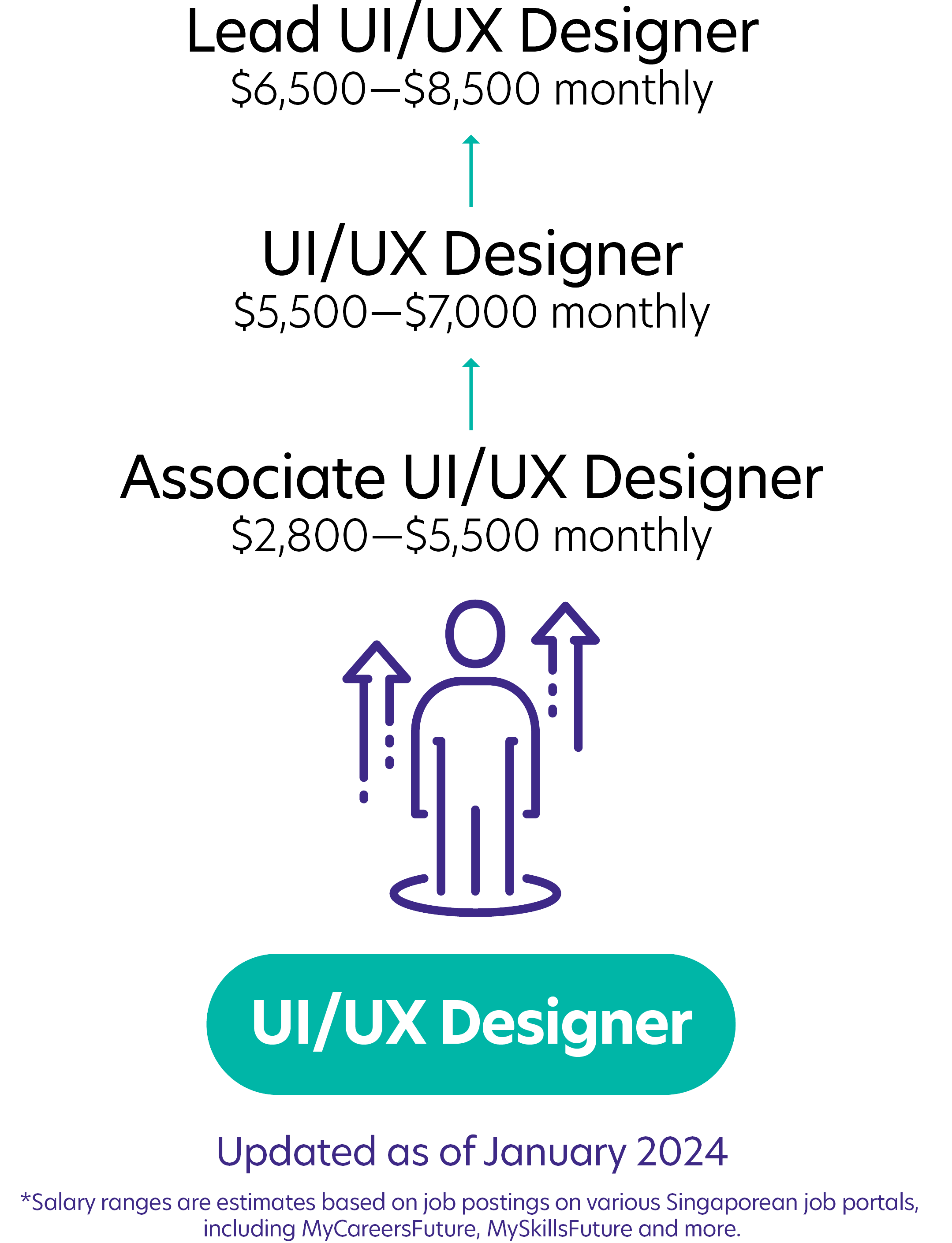
Skills you need to pursue a UI/UX Designer career in Singapore
Design Thinking Practice
Focuses on understanding user needs and developing solutions tailored to those needs.Wireframing and Prototyping
Being able to create low and high-fidelity representations of how interfaces will look and function.User Acceptance Testing
Evaluating a product or design before launch to identify areas of usability improvement.Business Requirements Mapping
Translating goals and objectives into specific design requirements to guide development processes.Stakeholder Management
Communicate and manage different stakeholders, from clients and developers to executives and end users.Problem-Solving
Identify and analyse user pain points to creatively develop solutions which are both effective and user-friendly.Communication
Clearly and concisely convey design ideas and rationale to both technical and non-technical audiences.Collaboration
To work effectively with teams across disciplines, including developers, product managers and marketing.Sense Making
To analyse and interpret data from research and user testing to identify key insights and inform design decisions.Service Orientation
Able to put user and stakeholder needs first to deliver a positive experience.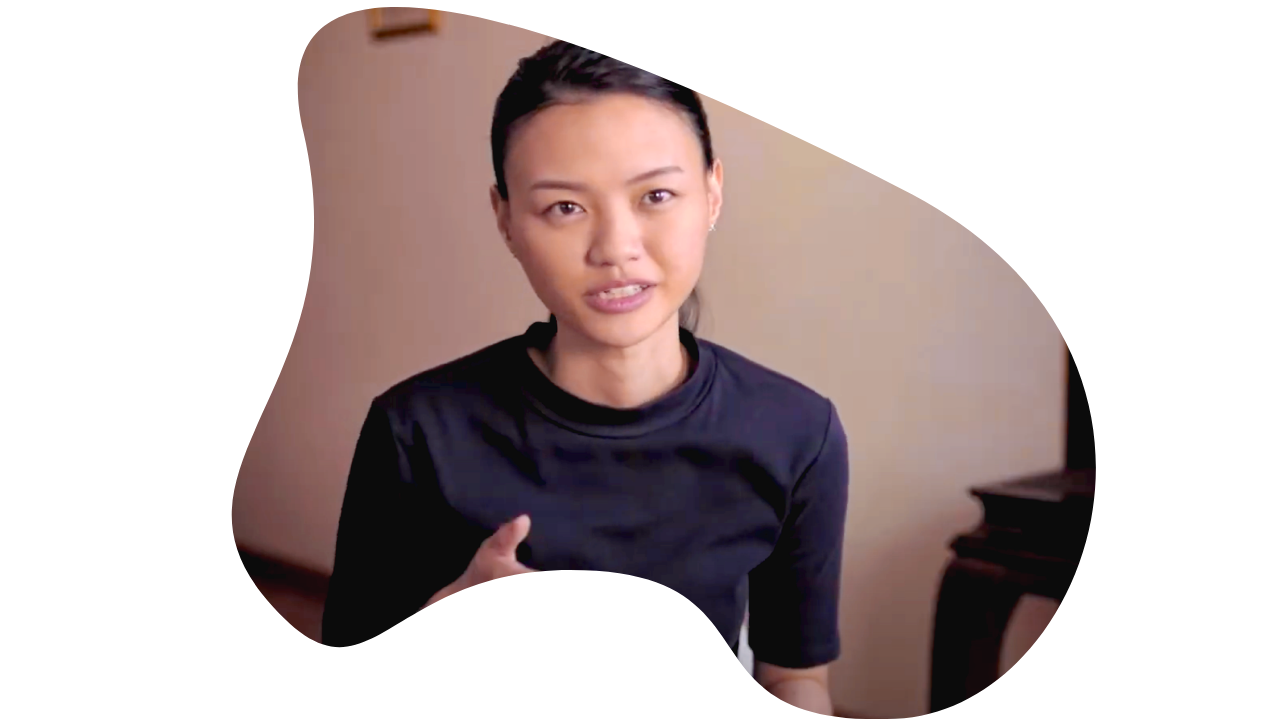
“You can not do design work alone, it requires working with your team members and engaging users.”
Jolene, Grab, UI/UX Designer
Explore Other Programmes
Browse AllYou have bookmarked your first item!
Find it in My Discoveries with insights on your interests!
